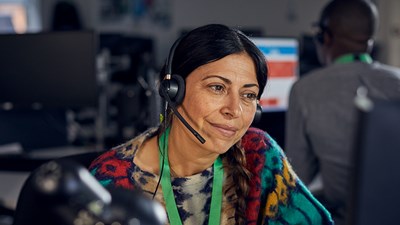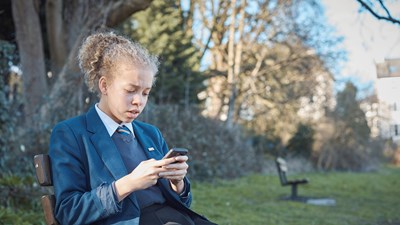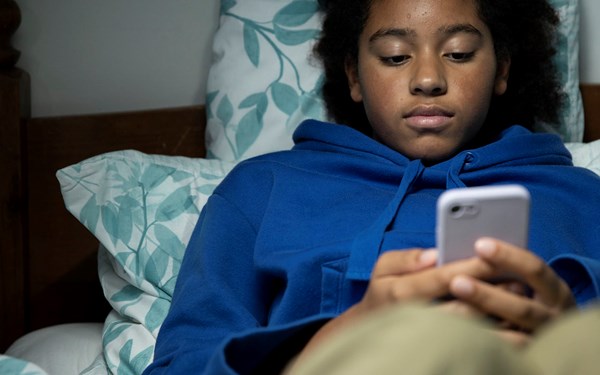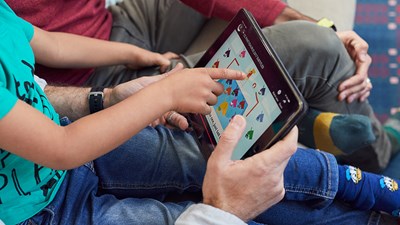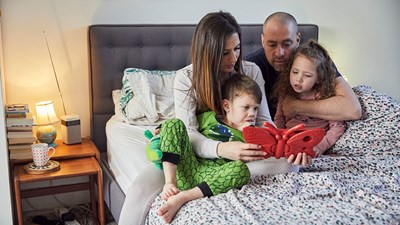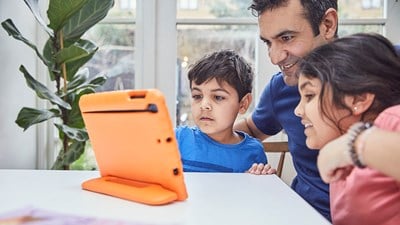Where might they see this content?
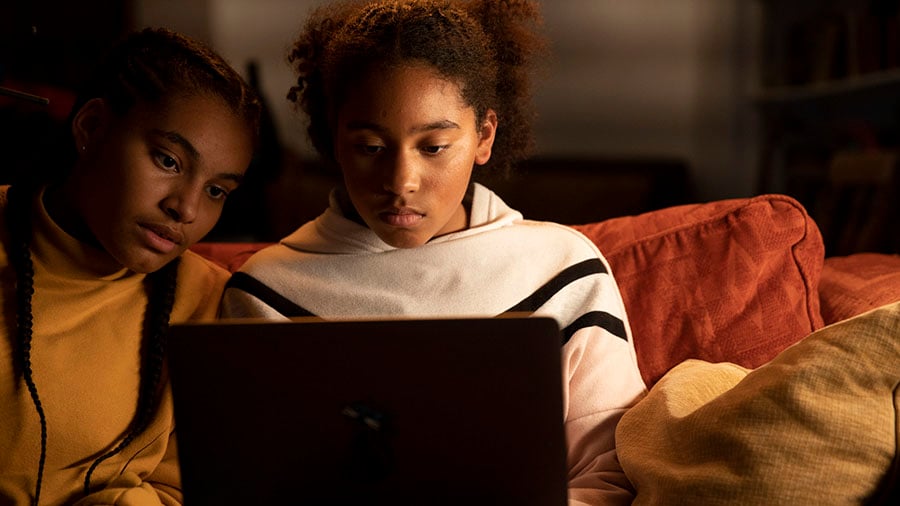
Wherever children and young people can view or share content, there is a risk that they will see something distressing or worrying.
Many apps and sites have moderators in place to help remove content, however some don’t.
Terrorism and extremist behaviour
Young people are likely to get their news online. This does mean that they will see content being shared about distressing events like terror attacks, which can be very hard for them to make sense of.
Hearing about terrorist attacks or bombings can make children very anxious or scared. Sometimes this can include eyewitness videos which can be distressing for anyone to watch. This type of content can be shared very quickly online and may also leave young people with questions or fears about their own or others safety.
We know that the online world is being used to radicalise young people so you should talk to your child to help them question things that they are reading or being told online to enable them to not be influenced in this way.
It's important to talk to your child about what they are seeing online, particularly in the aftermath of events. Childline also has information for young people about dealing with news of terrorism, attacks and bombings.
Cyberbullying
Bullying is hurtful and exists online just as it does offline. Online it can take many forms such as sharing embarrassing photos, nasty comments, or dislikes. Because kids spend so much time on their devices, if they are being bullied it is hard to escape it.
Cyberbullying can happen in different ways, but some examples might be:
- Sending unkind messages or comments.
- Sharing images or videos of someone without their permission.
- Excluding someone from a group chat or other online activity like gaming.
- Pressuring another person to say or do something that makes them feel uncomfortable.
- Setting up groups or accounts to encourage others to be mean to someone else.
Childline have some valuable information to help your child recognise and deal with cyberbullying.
We also have advice for parents and carers to help keep children safe from bullying, wherever it happens.
Hateful content
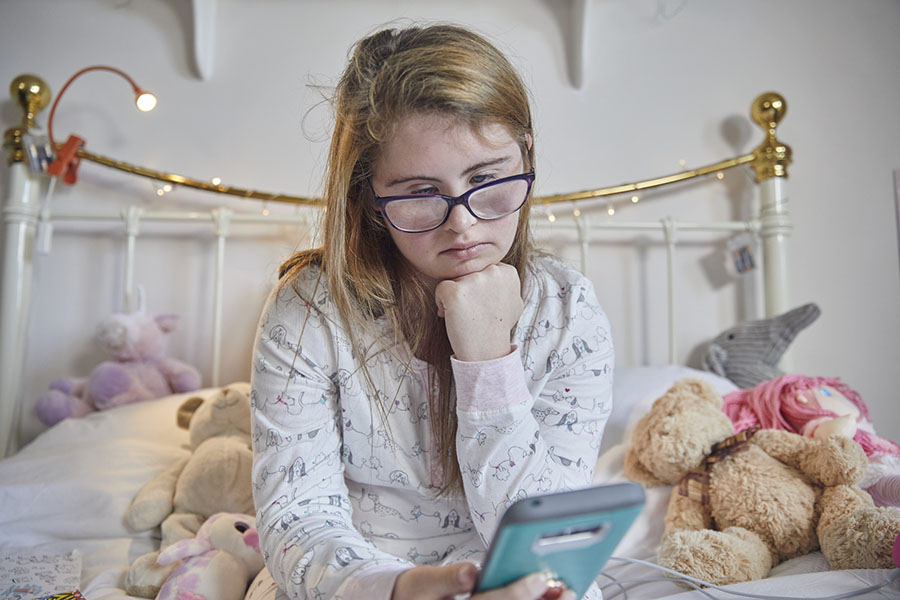
Hateful content is where others are inciting hatred towards an individual or a group. If the focus of the hateful content is a protected characteristic, then it's a hate crime.
Hate crime is where a person focuses on disability, race or ethnicity, religion or beliefs, sexual orientation or gender identity to abuse another person. Hate crime can happen online as well as offline.
If your child experiences this, they might feel frightened or angry about the abuse. But your child may also see this behaviour directed at other people. You should explain that hate crime is illegal and that it can be reported to the police. Discuss with your child what they can do if they see this happening and explain that they shouldn’t ignore it.
Encourage your child to respect other online users and to think before making a comment, sharing an image or sending a message. Sometimes it can be a good idea to wait a little while and think if what you are about to do could hurt someone's feelings.
What should you do if they do see this content?
- Report it - Make sure you and your child know where you can report content. Look at our online reporting page for more information depending on what you want to report.
- Set up parental controls - Setting up parental controls can help prevent it happening again.
- Explore in-app settings - Look for content or age settings on the app to help limit certain types of content.
- Show them Childline’s Calm Zone - The Calm Zone has activities to help children feel better when they are feeling anxious, scared or sad.
